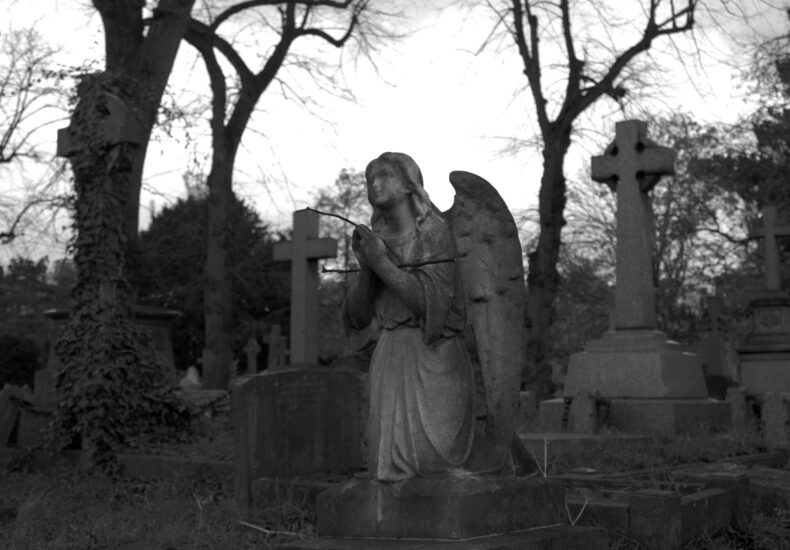
The Evolution of Cemeteries: From Ancient Tombs to Modern Memorials
Cemeteries are more than just resting places for the dead—they are living records of human history, culture, and beliefs about the afterlife. From the grand pyramids of Egypt to the serene garden cemeteries of today, burial sites have continuously evolved, reflecting changes in religion, social structures, and even environmental concerns. But how did we go from underground tombs to digital memorials? Let’s take a deep dive into the fascinating evolution of cemeteries.
Contents
- The Dawn of Burial: Prehistoric and Ancient Tombs
- The Megalithic Era: Building for the Afterlife
- The Classical Era: The Rise of Catacombs and Necropolises
- The Medieval Period: Churchyards and Plague Pits
- The Birth of Modern Cemeteries: Garden and Rural Burial Grounds
- The 20th Century: Military Cemeteries, Cremation, and Memorial Parks
- The 21st Century and Beyond: Digital and Green Cemeteries
- Bottom Line
- FAQs
The Dawn of Burial: Prehistoric and Ancient Tombs
Long before civilizations built cities, early humans honoured their dead with burials. The oldest known burial site, found in South Africa, dates back at least 100,000 years.
Early graves were often simple pits, sometimes lined with stones or covered with mounds of earth. However, even in these primitive burials, archaeologists have found signs of ritual—such as red ochre sprinkled over the bodies, possibly symbolising blood and rebirth.
The Megalithic Era: Building for the Afterlife
As human societies became more organised, so did their burial practices. Neolithic cultures constructed megalithic tombs, massive stone structures meant to house multiple generations of the dead.
The most famous examples include:
The Dolmens of Europe – Stone slab tombs found across France, Spain, and Ireland.
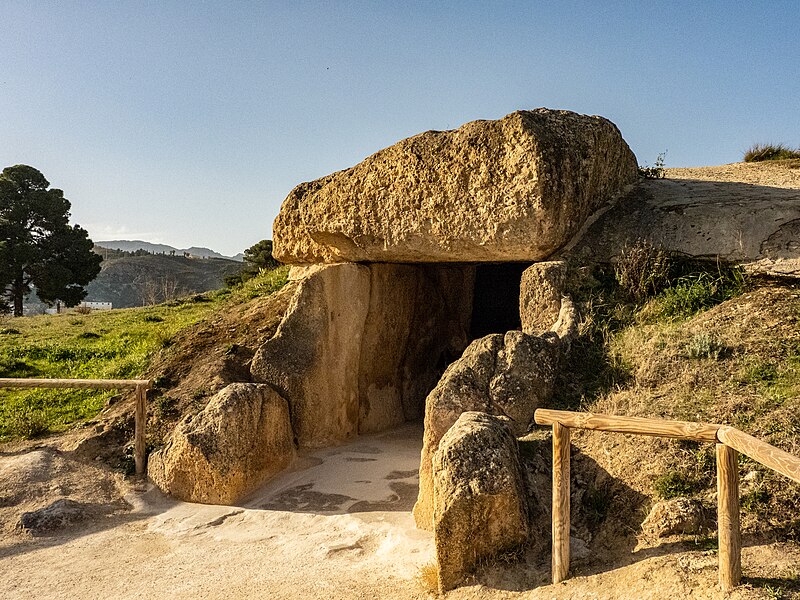
The Passage Tombs of Newgrange (Ireland) – Pre-dating the pyramids, these burial sites feature intricate carvings and align with the sun’s path.
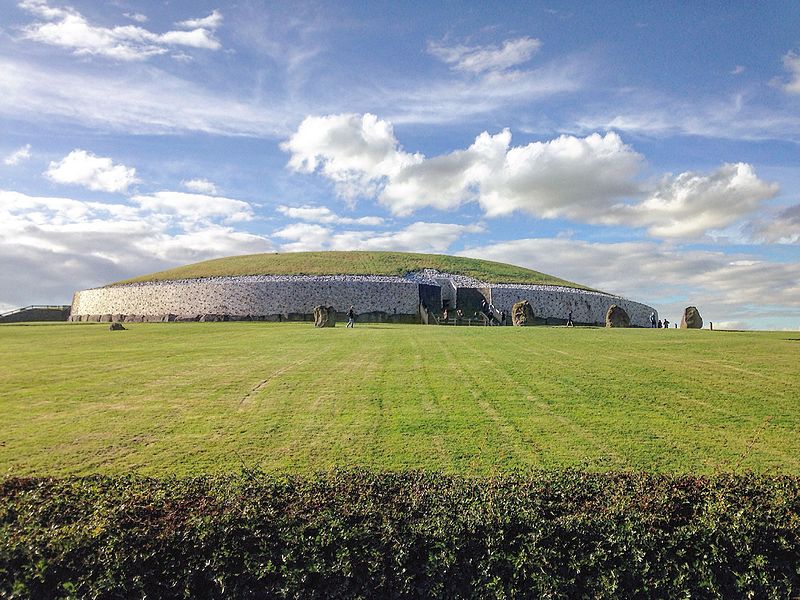
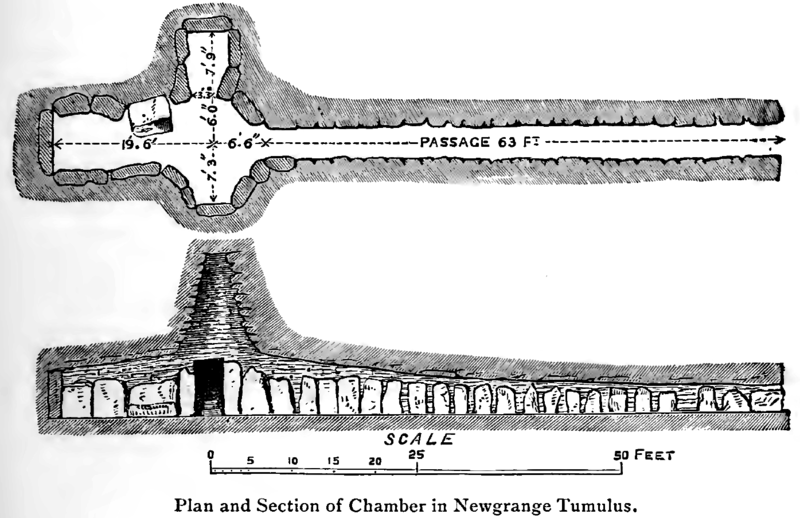
The Pyramids of Egypt – Built as elaborate tombs for pharaohs, these grand structures were meant to ensure a safe passage to the afterlife.
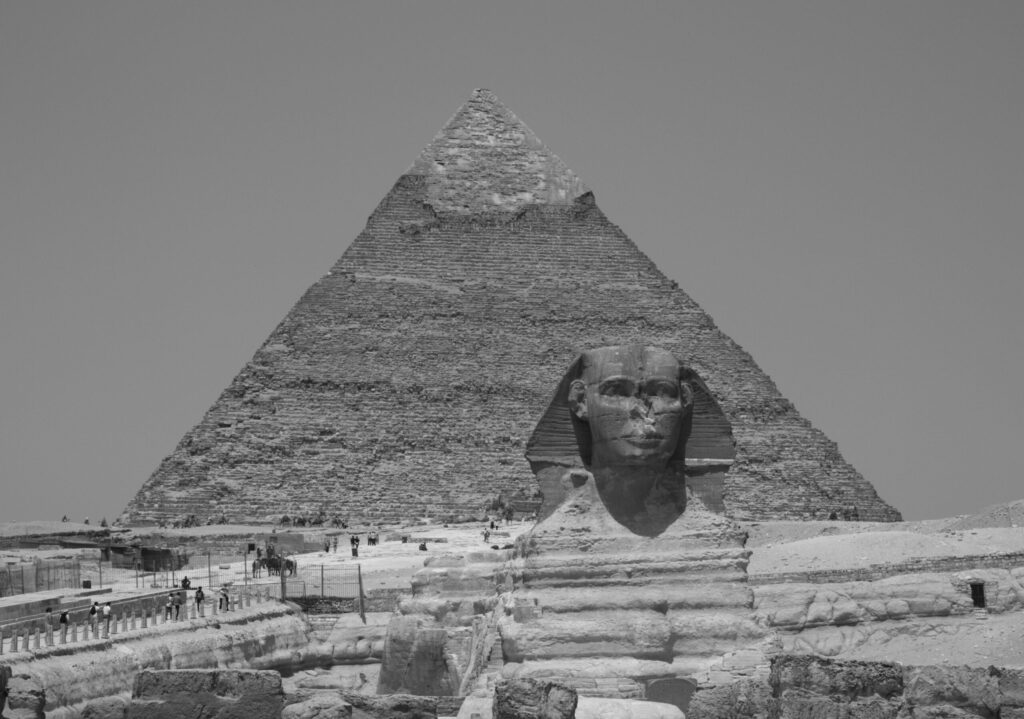
Ancient societies viewed cemeteries as sacred spaces, often linked to religious beliefs. In Egypt, the dead were mummified and buried with treasures, food, and even servants to accompany them into the next world.
The Classical Era: The Rise of Catacombs and Necropolises
As civilisations advanced, so did their burial practices. Ancient Greece and Rome introduced necropolises, literally meaning “cities of the dead.”
Unlike their predecessors, these cemeteries were often located outside city walls due to health concerns and religious customs.
Greek and Roman Burial Customs
Cremation Became Commonplace – Greeks believed that burning the body freed the soul. Urns containing ashes were placed in columbaria (vaults with niches).
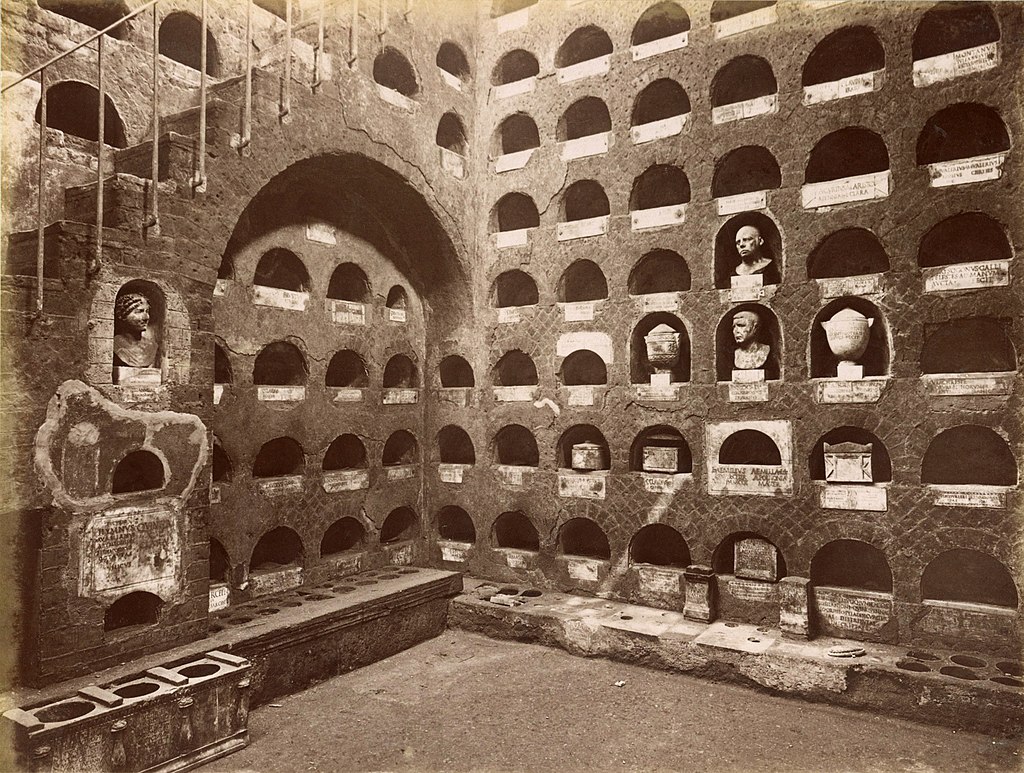
Elaborate Mausoleums – Wealthy Romans built grand tombs for their families, some of which still stand today.
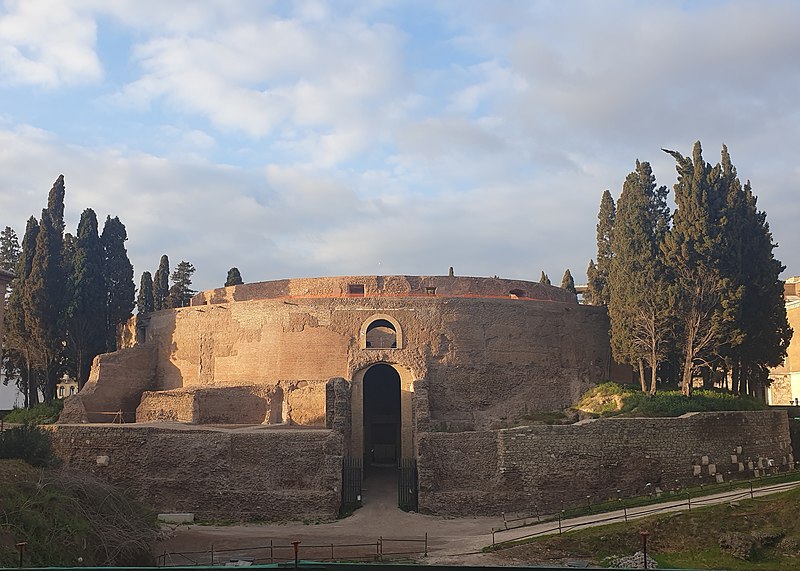
The Catacombs of Rome – Early Christians, often persecuted, buried their dead in underground tunnels, safe from Roman authorities. These catacombs also served as places of worship.

This period saw a shift from individual burials toward collective burial sites, a trend that would continue into the Middle Ages.
The Medieval Period: Churchyards and Plague Pits
The rise of Christianity dramatically influenced burial customs. Churches became the centre of life—and death.
Burial Within Church Grounds
By the early medieval period, it became common practice to bury the dead in churchyards. Wealthier individuals were often buried inside the church itself, whilst common folk rested outside in consecrated ground. The closer one was to the altar, the better their chance of salvation—or so it was believed.
However, as cities grew, churchyards became overcrowded. The Black Death (1347–1351) exacerbated the issue. In some cases, plague pits were dug—mass graves for victims of epidemics. With entire churchyards overflowing, Europe was forced to reconsider how it handled the dead.
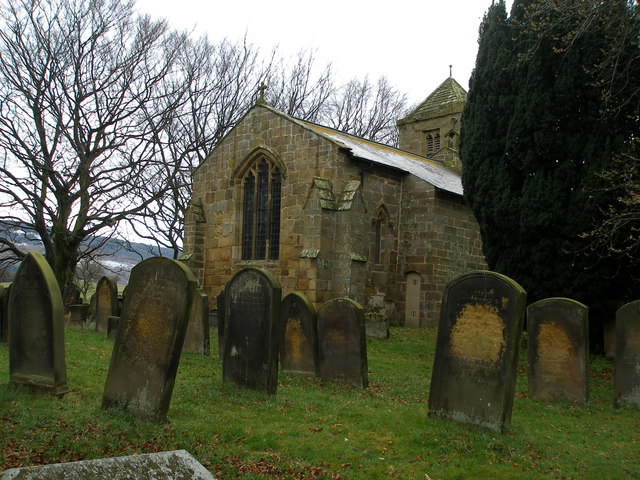
The Birth of Modern Cemeteries: Garden and Rural Burial Grounds
By the 18th and 19th centuries, the grim, overcrowded churchyards of medieval Europe gave way to more spacious and artistic cemeteries.
The Garden Cemetery Movement
In response to public health concerns, garden cemeteries were introduced. These cemeteries were built outside city limits and designed as tranquil, park-like settings.
Famous examples include:
Père Lachaise Cemetery (Paris, 1804) – One of the first garden cemeteries, home to famous figures like Oscar Wilde and Jim Morrison.

Highgate Cemetery (London, 1839) – A Victorian masterpiece, blending Gothic architecture with lush landscapes.
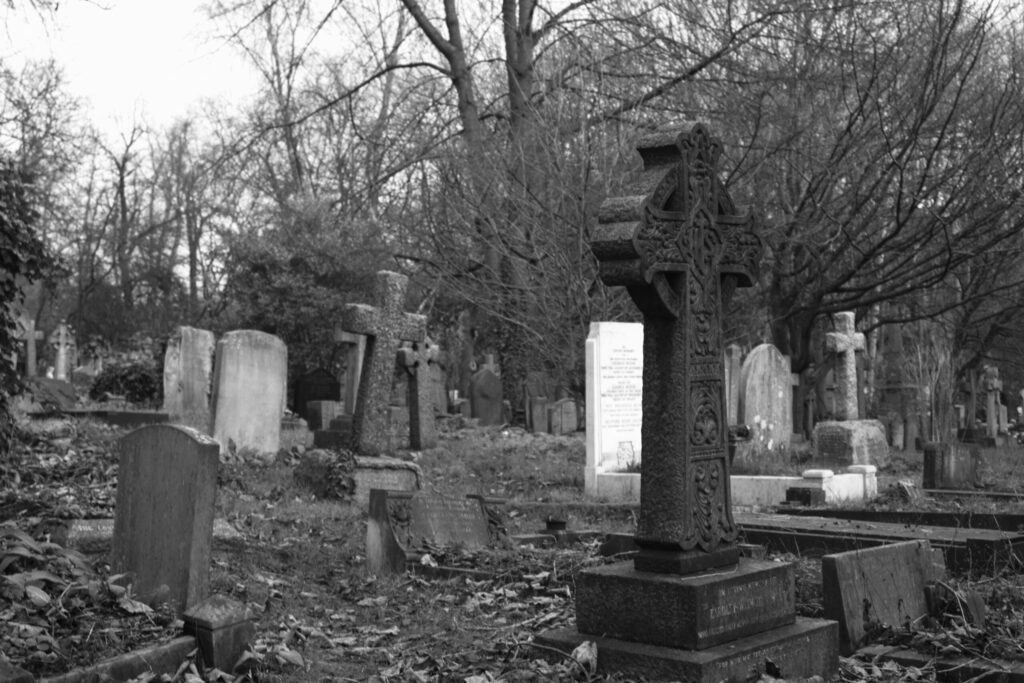
Mount Auburn Cemetery (Boston, 1831) – The first garden cemetery in the U.S., setting a new standard for memorial landscapes.
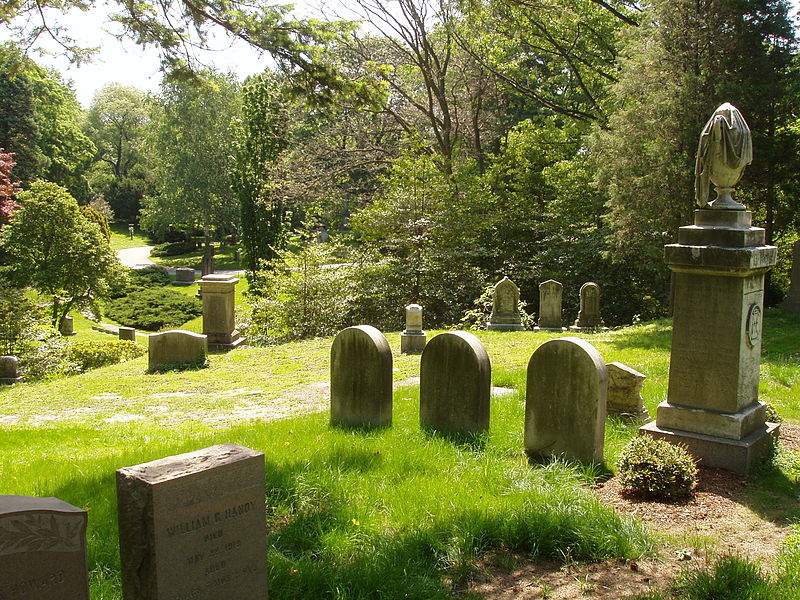
These cemeteries reflected a shift in attitudes toward death. Rather than grim, functional spaces, they became places of beauty, inviting visitors to reflect, mourn, and even stroll among the dead.
The 20th Century: Military Cemeteries, Cremation, and Memorial Parks
The devastation of World War I and II necessitated military cemeteries, designed to honour fallen soldiers. The rows of white gravestones at Arlington or Normandy American Cemetery remind us of the cost of war.
At the same time, cremation gained popularity, partly due to limited land space. By the mid-20th century, memorial parks replaced older headstone-heavy cemeteries.
These featured:
- Flat, uniform markers instead of elaborate tombstones.
- Manicured lawns and minimal decoration.
- A focus on efficiency and ease of maintenance.
Yet, even as cemeteries became more streamlined, the human need for personalised memorialisation remained strong.
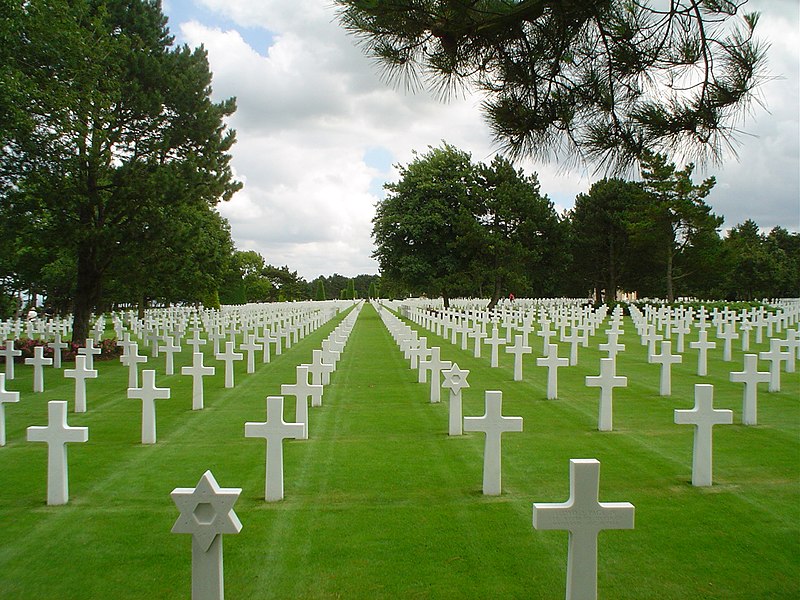
The 21st Century and Beyond: Digital and Green Cemeteries
With space at a premium and environmental concerns growing, cemeteries have continued to evolve in unexpected ways.
The Rise of Green Burials
Eco-conscious individuals are turning to green cemeteries, where bodies decompose naturally without embalming fluids or concrete vaults. These sites avoid traditional headstones, using trees or biodegradable plaques instead.
Digital Cemeteries & Virtual Memorials
In an age where we live much of our lives online, memorialisation has also gone digital.
- QR Codes on Tombstones link visitors to an online tribute page.
- Virtual Cemeteries allow people to visit loved ones’ memorials from anywhere in the world.
- Social Media Memorials keep digital legacies alive long after physical death.
Whilst our ancestors built pyramids and catacombs, today, we preserve memories in the cloud.

Bottom Line
Cemeteries are more than burial grounds—they are reflections of our beliefs, fears, and desires for remembrance. From prehistoric tombs to modern eco-friendly burials, our approach to death has evolved alongside civilisation.
Whether we choose traditional headstones, green burials, or digital memorials, one thing remains certain: the human need to honour and remember the dead will never fade.
Would you prefer a peaceful garden cemetery, a high-tech digital memorial, or something in between?
The evolution of cemeteries isn’t over yet.
FAQs
Ancient cities placed cemeteries outside city walls due to religious beliefs, sanitation concerns, and space limitations.
A graveyard is specifically attached to a church, while a cemetery is a standalone burial site, often larger and more organized.
Overcrowded, unsanitary churchyards led to the need for larger, more hygienic burial spaces. Garden cemeteries also reflected a shift toward more artistic and peaceful memorialisation.
Green burials avoid harmful chemicals, reduce environmental impact, and return the body to nature naturally.
Whilst land shortages and cremation trends may reduce traditional cemetery use, humans will always seek ways to honour the dead—whether in physical, digital, or ecological forms.
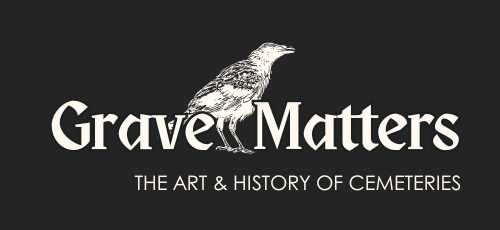
Leave a Reply